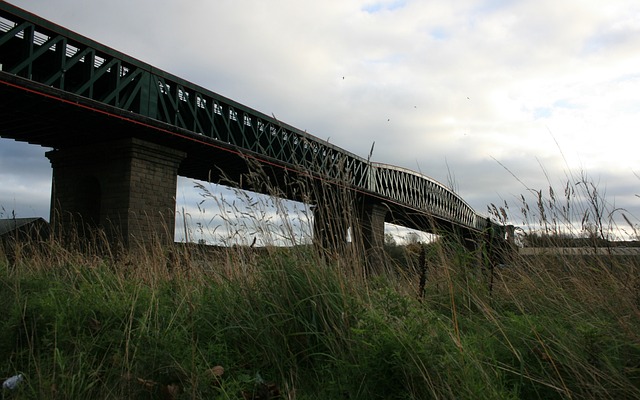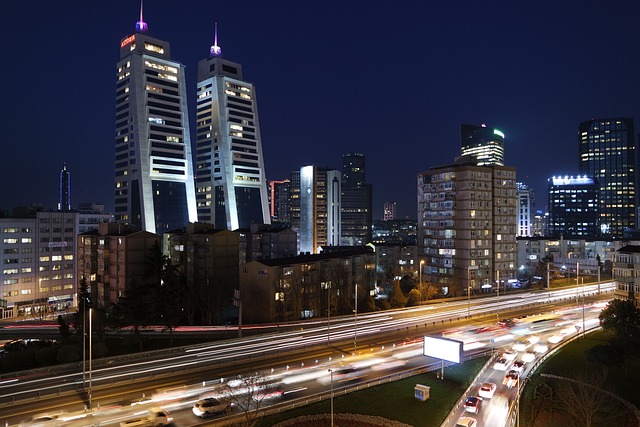Exploring the Hidden History of Motorways
Motorways represent one of the most significant advancements in transportation infrastructure in the 20th century. These high-capacity roads have not just changed the way we travel but have also influenced economic development, urban planning, and societal changes. However, the history behind motorways is more nuanced and multifaceted than most people might realize. This article dives deep into the hidden history of motorways, exploring their inception, evolution, and the socio-economic impacts they have brought over the decades.
The Genesis of Motorways
The concept of high-speed roads capable of handling motorized traffic can trace its roots back to the early 20th century. The growing prevalence of automobiles during this period highlighted the need for better roadways. One of the earliest proposals for a specialized type of road was made in Italy. In 1924, Italy completed the Autostrada dei Laghi, widely considered one of the first motorways in the world. This early version featured separate lanes for opposing traffic and was designed for high-speed travel, laying the groundwork for future developments.
While several countries began developing similar road systems in the late 1920s and 1930s, it was Germany that introduced the Autobahn in 1932. The Autobahn exemplified the modern motorway’s design, featuring controlled access points and a lack of speed limits on certain stretches. This network of roads was not only the product of increasing automobile use but also of political circumstances. The Nazi regime promoted the Autobahn as a means to stimulate the economy and provide employment during the Great Depression. This ambitious infrastructure project had long-lasting implications for transportation across Europe.
The Post-War Boom and International Initiatives
After World War II, the demand for efficient transportation systems burgeoned. Countries devastated by the war recognized that robust infrastructures were vital for economic recovery. In the United States, President Eisenhower was influenced by the German Autobahn and sought to establish a comprehensive highway system. In 1956, the Federal-Aid Highway Act was enacted, creating the Interstate Highway System and fundamentally altering the American landscape. The network facilitated travel between states, encouraged suburban development, and stimulated commerce.
Similar initiatives were underway in other countries, with nations providing support for constructing and expanding motorway systems. In the UK, the first motorway, the M1, was officially opened in 1959, connecting London and Birmingham. The British motorway system was designed with safety and efficiency in mind, employing features such as lighting, multiple lanes, and service areas.
The Economic Impact and Urban Expansion
The impact of motorways on economic development cannot be overstated. The ability to efficiently transport goods over long distances revolutionized supply chains. Industries proliferated as businesses leveraged improved access to raw materials, labor, and markets. Towns and cities located along motorway corridors witnessed significant population growth, leading to the expansion of suburban areas. These trends transformed urban planning—cities had to contend with the ever-expanding reach of people living further from their workplaces.
Moreover, motorways changed consumer behavior. They enabled the rise of the automobile culture, allowing individuals to commute longer distances in search of affordable housing. Shopping centers and retail destinations started sprouting along motorway exits, reshaping the commercial landscape and solidifying car dependency as a societal norm.
Environmental Concerns and Societal Impacts
As the use of motorways grew, so did the environmental concerns related to this development. The expansion of road networks typically involved significant ecological disruption. Natural habitats were divided, endangered species were affected, and increased air pollution became a pressing issue. The sprawling nature of suburban development triggered longer commutes, contributing to greenhouse gas emissions and climate change.
The social fabric was also transformed by the proliferation of motorways. While they served to connect distant regions, they often led to the fracturing of communities. Neighborhoods located near motorways grappled with noise pollution, safety concerns, and reduced quality of life. Urban planners faced the challenge of addressing these issues while trying to meet the growing demand for infrastructure. In some instances, entire communities were displaced to make way for new motorway projects, leading to conflicts and raising questions about equitable development.
Modern Developments and the Future of Motorways
As we move into the 21st century, the role of motorways continues to evolve. Technological advancements present both challenges and opportunities. The introduction of electric vehicles and autonomous driving holds the potential to alter traffic patterns and reduce emissions traditionally associated with road travel. Smart motorway systems incorporating real-time data management and traffic control are being implemented to improve safety and efficiency.
Yet, the fundamental question remains: how do we balance the necessity for transportation networks with the environmental, social, and economic impacts they entail? Efforts to approach motorway planning with a more holistic perspective are emerging. Integrated transportation systems that consider public transit, biking, and walking paths are being developed. These initiatives promote a more sustainable approach to transportation by reducing dependency on automobiles and fostering connected communities.
Conclusion
The history of motorways provides valuable insights into how societies adapt to technological advancements and economic imperatives. The advent of motorways has undeniably reshaped our world, crafting the way we live, work, and interact with one another. However, it is vital to remember that the evolution of motorways is an ongoing story that requires our critical attention. As we navigate the challenges of the 21st century, the lessons learned from the past can serve as a guide toward more responsible planning and development that respects both our communities and the environment.
In exploring this hidden history, we can better appreciate the complexities surrounding our transportation systems and the profound impact motorways have had on our societies.



